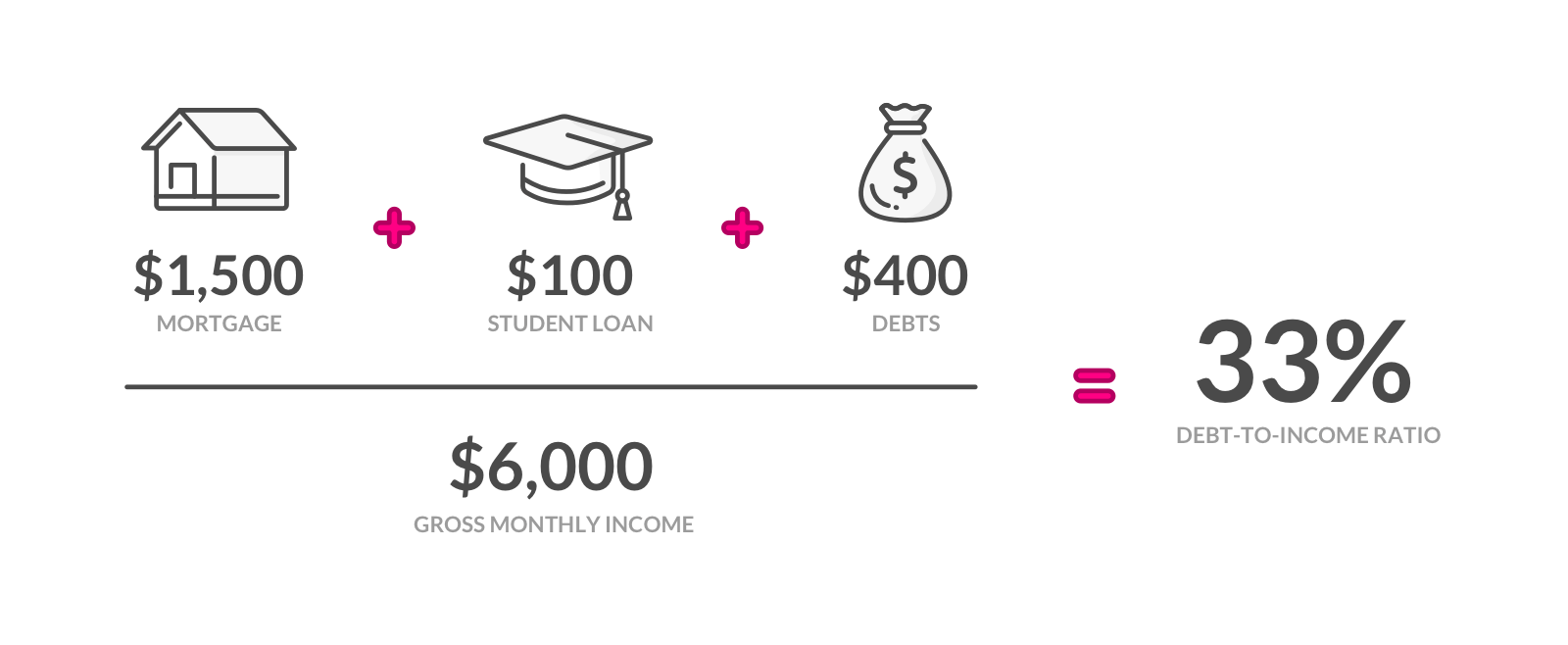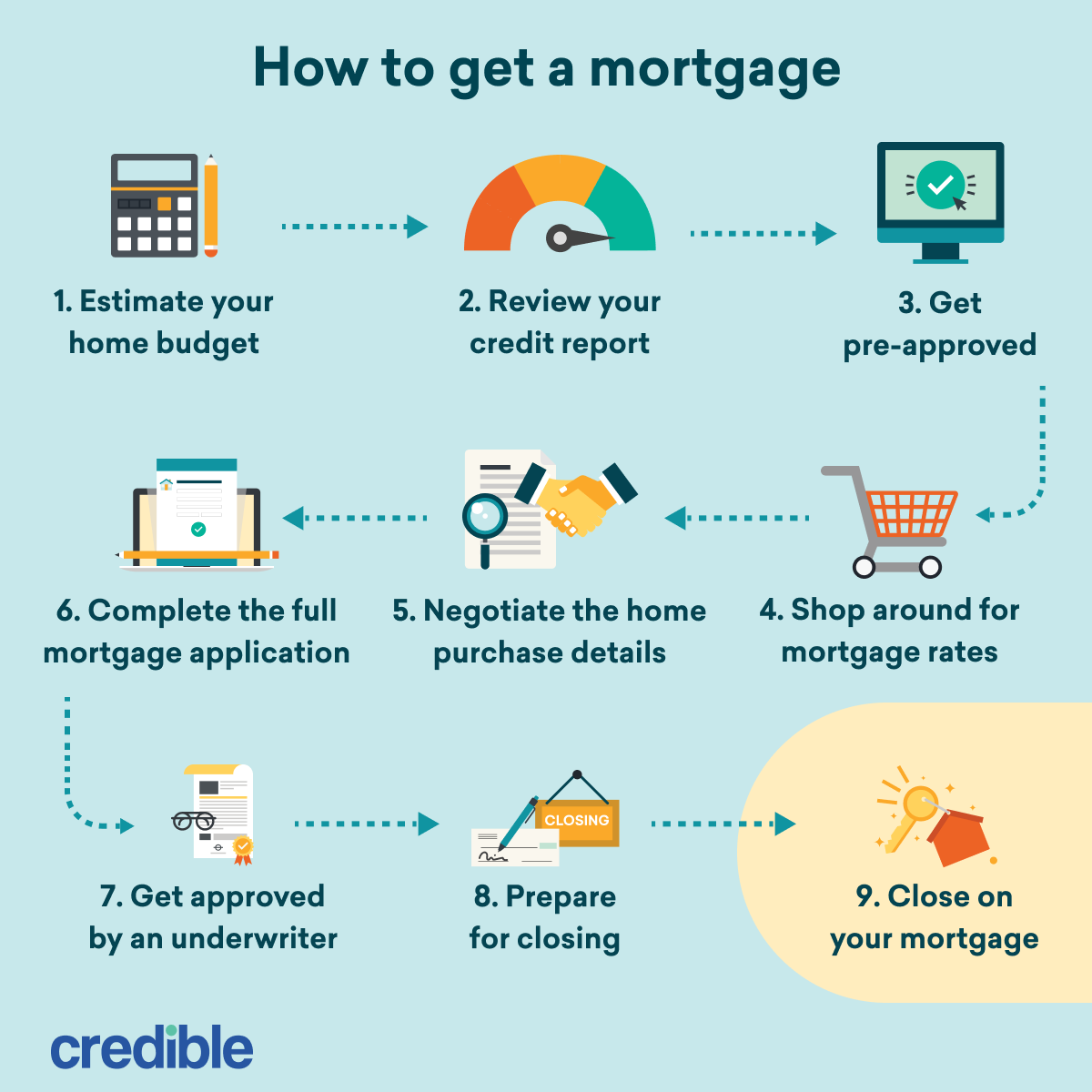But the scars of the crisis are still noticeable in the American housing market, which has actually gone through a pendulum swing in the last decade. In the run-up to the crisis, a real estate surplus triggered home mortgage lending institutions to provide loans to anybody who could mist a mirror just to fill the excess inventory.
It is so strict, in truth, that some in the property market think it's contributing to a housing shortage that has pushed house costs in a lot of markets well above their pre-crisis peaks, turning younger millennials, who matured throughout the crisis, into a generation of occupants. "We're really in a hangover stage," said Jonathan Miller, CEO of Miller Samuel, a realty appraisal and speaking with firm.
[The marketplace] is still misshaped, which's due to the fact that of credit conditions (what were the regulatory consequences of bundling mortgages)." When lending institutions and banks extend a home loan to a homeowner, they normally don't generate income by holding that home loan with time and collecting interest on the loan. After the savings-and-loan crisis of the late 1980s, the originate-and-hold model turned into the originate-and-distribute design, where lenders release a mortgage and sell it to a bank or to the government-sponsored business Fannie Mae, Freddie Mac, and Ginnie Mae.
Fannie, Freddie, Ginnie, and financial investment banks purchase thousands of home loans and bundle them together to form bonds called mortgage-backed securities (MBSs). They sell these bonds to investorshedge funds, pension funds, insurance coverage companies, banks, or simply rich individualsand utilize the proceeds from offering bonds to buy more home loans. A homeowner's month-to-month mortgage payment then goes to the shareholder.
Excitement About How Many Mortgages Can You Take Out On One Property
However in the mid-2000s, providing standards eroded, the real estate market ended up being a big bubble, and the subsequent burst in 2008 impacted any banks that bought or provided mortgage-backed securities. That burst had no single cause, but it's most convenient to begin with the houses themselves. Historically, the home-building industry was fragmented, made up of little building business producing houses in volumes that matched local need.
These business built homes so rapidly they surpassed need. The result was an oversupply of single-family houses for sale. Home mortgage loan providers, which make money by charging origination fees and therefore had an incentive to write as numerous mortgages as possible, reacted to the excess by attempting to put buyers into those homes.
Subprime home mortgages, or home loans to people with low credit rating, exploded in the run-up to the crisis. Deposit requirements gradually dwindled to nothing. Lenders began disregarding to income verification. Soon, there was a flood of dangerous kinds of home mortgages developed to get individuals into houses who could not usually manage to purchase them.
It offered customers a below-market "teaser" rate for the very first 2 years. After 2 years, the interest rate "reset" to a greater rate, which typically made the month-to-month payments unaffordable. The concept was to re-finance before the rate reset, but many house owners never got the chance prior to the crisis started and credit became not available.
The smart Trick of How Many New Mortgages Can I Open That Nobody is Talking About
One research study concluded that investor with good credit history had more of an effect on the crash since they were rv timeshare ready to provide up their financial investment homes when the market started to crash. They really had greater delinquency and foreclosure rates than debtors with lower credit history. Other information, from the Mortgage Bankers Association, analyzed delinquency and foreclosure starts by loan type and found that the most significant dives without a doubt were on subprime mortgagesalthough delinquency rates and foreclosure starts rose for every single kind of loan throughout the crisis (how many mortgages in one fannie mae).
It peaked later, in 2010, at practically 30 percent. Cash-out refinances, where house owners re-finance their mortgages to access the equity developed in their homes gradually, left property owners little margin for mistake. When the market began to drop, those who had actually taken cash out of their homes with a refinancing suddenly owed more on their homes than they were worth.
When property owners stop paying on their mortgage, the payments also stop flowing into the mortgage-backed securities. The securities are valued according to the predicted mortgage payments coming in, so when defaults began piling up, the value of the securities dropped. By early 2007, individuals who operated in MBSs and their derivativescollections of financial obligation, including mortgage-backed securities, credit card financial obligation, and car loans, bundled together to form new kinds of financial investment bondsknew a catastrophe was about to occur.
Panic swept across the monetary system. Banks hesitated to make loans to other organizations for worry they 'd go under and not have the ability to pay back the loans. Like homeowners who took cash-out refis, some companies had actually borrowed heavily to invest in MBSs and could rapidly implode if the marketplace dropped, particularly if they were exposed to subprime.

About School Lacks To Teach Us How Taxes Bills And Mortgages Work
The Bush administration felt it had no option however to take over the business in September to keep them from going under, but this just caused more hysteria in monetary markets. As the world waited to see which bank would be next, suspicion fell on the investment bank Lehman Brothers.
On September 15, 2008, the bank submitted for personal bankruptcy. The next day, the federal government bailed out insurance giant AIG, which in the run-up to the collapse had released incredible quantities of credit-default swaps (CDSs), a kind of insurance coverage on MBSs. With MBSs suddenly worth a fraction of their previous value, shareholders wished to collect on their CDSs from AIG, which sent out the business under.
Deregulation of the financial market tends to be followed by a financial crisis of Click for info some kind, whether it be the crash of 1929, the cost savings and loan crisis of the late 1980s, or the real estate bust ten years earlier. But though anger at Wall Street was at an all-time high following the occasions of 2008, the monetary industry escaped reasonably unharmed.
Lenders still sell their home mortgages to Fannie Mae and Freddie Mac, which still bundle the mortgages into bonds and sell them to financiers. And the bonds are still spread out throughout the monetary system, which would be vulnerable to another American real estate collapse. While this not surprisingly http://sergioalpn860.hpage.com/post3.html generates alarm in the news media, there's one crucial distinction in housing financing today that makes a monetary crisis of the type and scale of 2008 not likely: the riskiest mortgagesthe ones with no down payment, unverified earnings, and teaser rates that reset after two yearsare simply not being written at anywhere close to the very same volume.
The Definitive Guide for Which Mortgages Have The Hifhest Right To Payment'

The "qualified mortgage" provision of the 2010 Dodd-Frank reform bill, which went into effect in January 2014, offers loan providers legal security if their mortgages satisfy specific security provisions. Qualified mortgages can't be the kind of dangerous loans that were provided en masse prior to the crisis, and borrowers should fulfill a specific debt-to-income ratio.
At the very same time, banks aren't issuing MBSs at anywhere near to the very same volume as they did prior to the crisis, due to the fact that financier need for private-label MBSs has actually dried up. what is the best rate for mortgages. In 2006, at the height of the real estate bubble, banks and other personal institutionsmeaning not Freddie Mac, Fannie Mae, or Ginnie Maeissued more than half of MBSs, compared to around 20 percent for much of the 1990s.